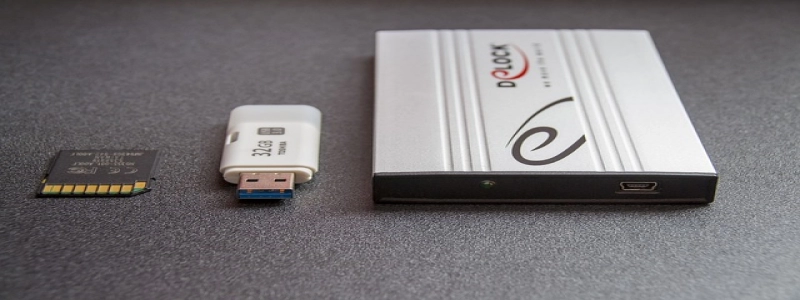Attenuator in Microwave
Introduction:
Microwave communication plays a crucial role in today’s digital world, where high-speed data transfer and wireless connectivity are in high demand. However, the transmission of microwave signals is not always smooth due to various factors, such as interference, signal distortion, and excessive power. To tackle these issues and ensure the efficient transmission of microwave signals, the attenuator becomes an essential component in microwave systems. This article aims to provide a detailed explanation of the attenuator in microwave technology.
I. What is an Attenuator?
An attenuator, also known as a signal attenuator or RF attenuator, is an electronic device used to reduce the power level of signals without introducing significant distortion. It functions by weakening the intensity of the signal passing through it, thereby attenuating or reducing its amplitude. Attenuators are widely used in microwave systems to control signal strength and prevent extensive power levels that may lead to signal degradation or damage to the receiving components.
II. Types of Attenuators:
There are various types of attenuators, each designed for specific applications and requirements. Some common types include:
II.I. Fixed Attenuators:
As the name suggests, fixed attenuators have a fixed level of attenuation that cannot be adjusted. They are usually used for applications where a consistent amount of signal reduction is desired, such as impedance matching or level adjustment.
II.II. Variable Attenuators:
Variable attenuators provide flexibility in adjusting the level of attenuation. They are commonly used during system testing, calibration, and in situations where signal strength needs to be varied in real-time.
II.III. Step Attenuators:
Step attenuators are designed with discrete attenuation values that can be selected and switched in steps. They are frequently used in laboratory settings when precise control over signal strength is required.
III. Working Principle:
Attenuators work based on either resistor networks or optical techniques, depending on the type and application. In resistor-based attenuators, resistive elements are connected in series or parallel to attenuate the signal. Variable attenuators utilize variable resistors to adjust attenuation levels. Meanwhile, optical attenuators leverage optical technologies such as absorption or scattering to attenuate optical signals.
IV. Significance of Attenuators in Microwave Systems:
Attenuators perform several critical functions in microwave systems:
IV.I. Signal Control:
Attenuators allow precise control of signal power levels, ensuring optimal performance and preventing excessive signal intensities that may cause distortion or damage.
IV.II. Impedance Matching:
By adjusting signal amplitude, attenuators help achieve impedance matching between different components in microwave systems. This enhances signal transfer efficiency and reduces reflections.
IV.III. Cross-talk Prevention:
Attenuators can suppress signal cross-talk or interference between transmission lines, enabling simultaneous and independent signal flow without interruption.
IV.IV. Signal Testing and Calibration:
Attenuators play a vital role in testing and calibration processes, as they allow engineers to simulate different signal amplitudes and evaluate system performance accurately.
Conclusion:
In conclusion, the attenuator is a crucial component in microwave technology that enables precise control of signal strength while maintaining optimal performance. There are various types of attenuators available, each suited for specific applications. Attenuators’ significance lies in their ability to control signal power, achieve impedance matching, prevent cross-talk, and facilitate signal testing and calibration. With their valuable contributions, attenuators ensure smooth and efficient transmission of microwave signals, catering to the growing demands of high-speed data transfer and wireless connectivity in the digital era.








